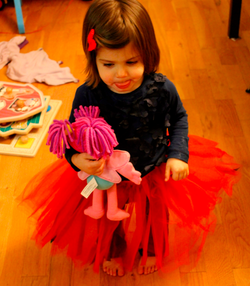 A few weeks ago, I wrote a post on Babble about the Lego Friends controversy called "Maybe We Should Let Girls Be Bakers and Ballerinas".
A few weeks ago, I wrote a post on Babble about the Lego Friends controversy called "Maybe We Should Let Girls Be Bakers and Ballerinas".
One commenter (who, for the record, does not have a problem with the Lego Friends line) wrote that the main problem with the princess phenomenon is that most of the toys involved don't help girls develop math and science skills.
The commenter goes by the name of Cloud and she is both a working scientist at a biotech company and the mother of two little girls. You can find her blogging at "The Wandering Scientist".
Cloud made an excellent point so I asked her if she would like to do a guest post highlighting "girly" toys that successfully teach these important skills.
Thankfully, she obliged because I am totally going to follow her suggestions.
Who wouldn't want a daughter who kicks ass in chemistry and calculus?
—————————————–
As a proponent of strong role models for young women and girls, I never thought I would welcome princess merchandise into my home. But I have two daughters, one almost five and one just a little over two, and they had different ideas. Although we fought the pink and purple princess tide for awhile and succeeded in slowing its entry into our lives, ultimately— we lost.
However, I came to realize that my problem wasn’t with the princesses themselves so much as the nature of the toys that travel with them.
In the book Pink Brain, Blue Brain, Lise Eliot (a neuroscientist and mother of three) argues convincingly that most, if not all, gender differences we observe in our children’s skills are not innate, but learned differences, that develop because we have trained boys and girls differently from a surprisingly early age.
How do we train our kids? By giving them toys and experiences, and by encouraging their interests. As we all know, interests can change frequently, particularly in little kids. But skills grow, and build upon earlier skills.
With that in mind, my husband and I keep a close eye on the skills the toys we own promote. We have dolls and tea sets- there is nothing wrong with promoting nurturing skills. But we also have toys that promote key skills for future math and science success: spatial reasoning, pattern recognition, matching, logic and building.
It is not that I’ll be disappointed if my daughters don’t grow up to be science and engineering geeks like their parents- but I want that decision to be based on their authentic preferences, not out-dated gender stereotypes reinforced by toy manufacturers. Plus, I want my girls to have the skills to pursue whatever ends up interesting them as they get older.
The most educational toys in the world do no good, though, if your child won’t play with them. So I have searched for toys that promote early math and science skills that also appeal to the most princess-loving little girls.
1. Building Toys
Building toys promote both spatial reasoning plus an "I can make things" attitude. LEGO is the heavy weight in the building toy arena. I’ve got no problems with the new “girl” Friends sets (there's even an Inventor's Workshop ), but LEGO also has castle sets as part of their traditional line that should appeal to the princess-obsessed. (Unfortunately, you’ll have to add your own princess).
Options include (clockwise from left) LEGO Castle Building Set, Camelot Jr.
, Pink Megabloks
and Fairy Garden Superstructs
(like fairy-themed tinker toys).
If your child is not into building things, don’t despair. There are other ways to promote spatial reasoning. Remote control vehicles are great because they make you really think about direction. Unfortunately, most remote control cars are monster trucks and other aggresively “boy” themes. However, My Little Pony makes a remote control car with (bonus!) a radio controller that looks a bit like a magic wand.
3. Puzzles
Puzzles are another great spatial reasoning toy. Once your child graduates to true jigsaw puzzles, check out the Ravensburger line. In our experience, these increase difficulty at the right pace to hold interest while also stretching skills, and the pictures have enough distinctive regions to guide your child to completion. And yes, they have a princess puzzle AND a ballerina puzzle
.
4. Pattern Making Sets
Jewelry making sets can be great for promoting pattern skills including recognition and matching. My 4.5 year old loves the set below by B. Pop-Arty Beads, and only needs my help popping the beads together about 25% of the time.
We also had a surprise hit with both our 2 year old and 4.5 year old with the Design and Drill Toolkit . It comes with a book of patterns to match, and has the added bonus of getting them comfortable with using tools.
Another great option is Alex Little Hands My Pretty Mosaic with which your child can create mosaics of, what else? A castle and a crown.
Dominoes promote logic skills and are a good strategy game for kids as young as three. And if your daughter must have princesses on her dominoes, Disney has obliged. Of course, traditional dominoes will help develop number skills, too. I believe they even come in PINK
.
It might be inevitable that princesses invade your house. But at least you can set the terms of your surrender.
————————————-






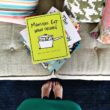

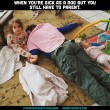




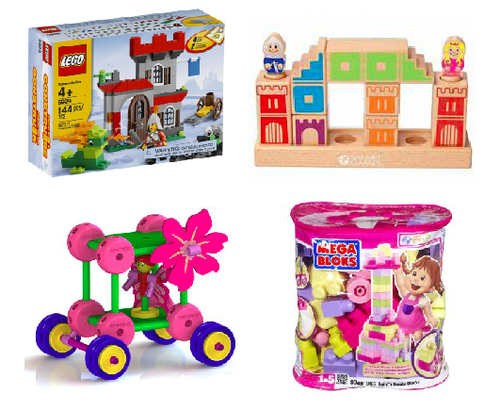
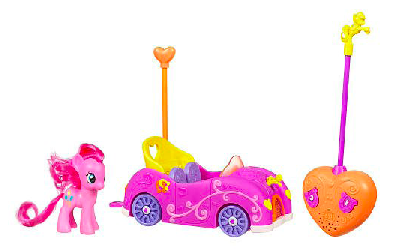
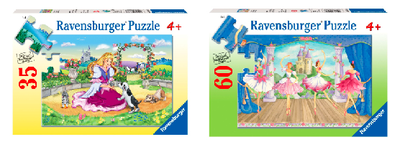
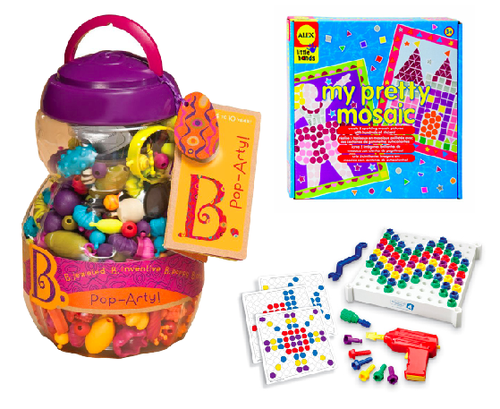
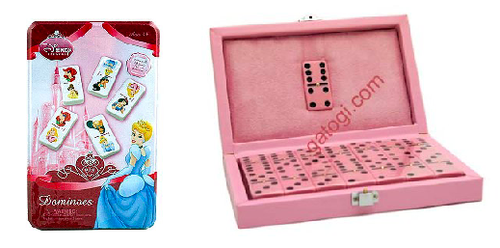
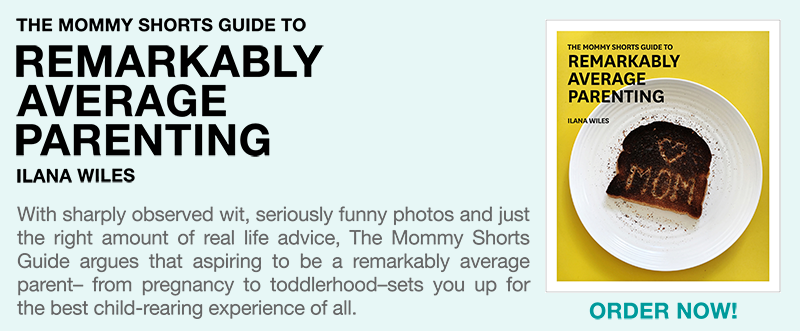

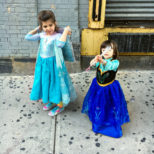

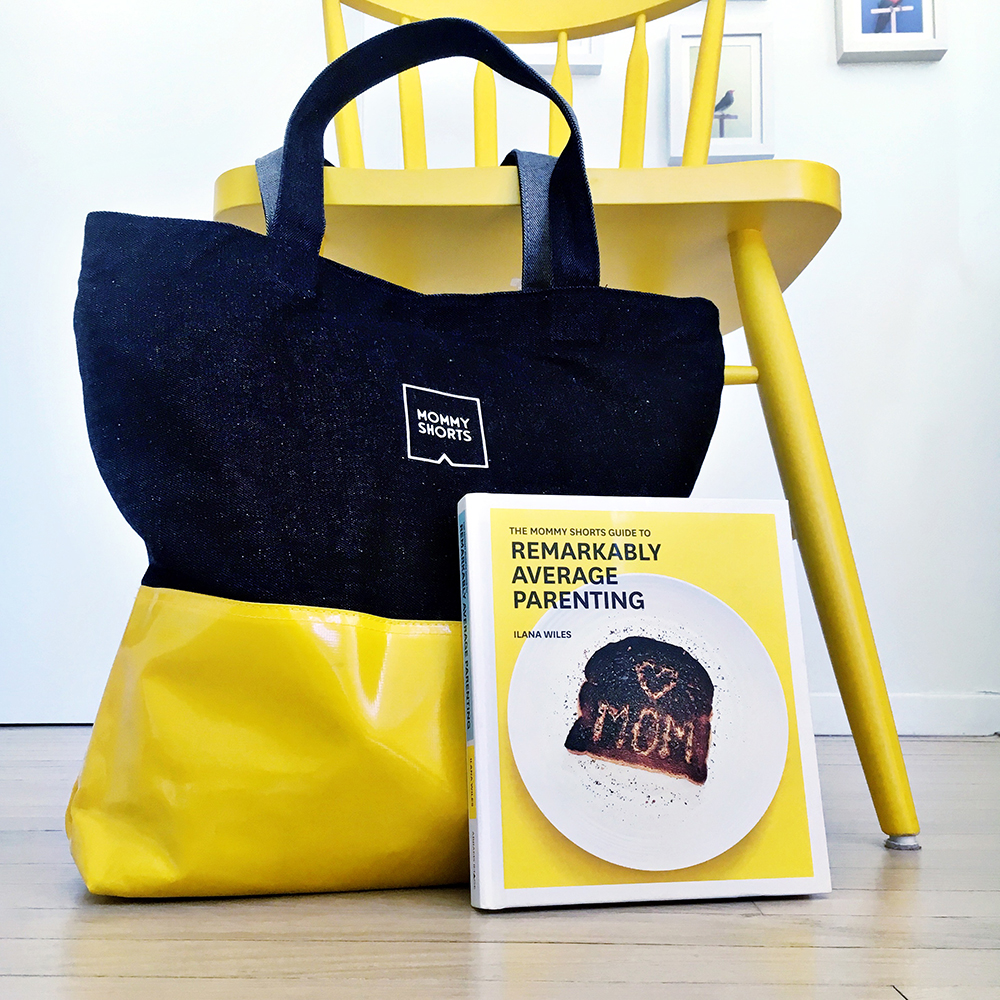
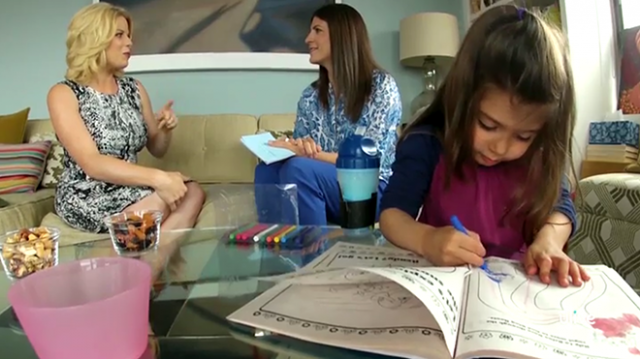






As a nerd and scientist I heartily approve. As a teacher I have spent a long time talking to parents who push their boys in science and computing but if I mention that their daughter is flagging / excelling get a ‘that’s alright’ or ‘really, I don’t think she’ll be continuing THAT at college’.
I was OBSESSED with technic lego as a kid, that and crafty things. I’m lucky that my parents went with my science bent, just as my socio-political brother was supported. We were never encouraged to swap to more traditional gender lines, but then the princess thing wasn’t as big when I was a child.
Let your kids find their passion – regardless of the colour of the toys – please?! It’ll make for much more comfortable parents meetings at least!!
I’m doing a whole day of Princess themed lessons with a sick 5 year old. Why? Because she likes princesses and you meet kinds where they are!
Love this! Thanks for the tips.
I love this post. My daughter is much too young to have a preference for tutus or Tonkas yet, but I’m definitely bookmarking this for future use. Thanks!
This is an awesome post. I have a little boy, but someday, who knows…
Interestingly, the minute I saw the pink/purple Legos thing, I was shocked by the controversy. Mostly because I HAD a set of pink and purple Legos about 20 years ago. This is nothing new.
The end result? I’m a college graduate (cum laude, thank you very much), I hate malls, love reading, and am known for being an analytical thinker. I’m also really great at putting things together following the cryptic (and often inaccurate) assembly instructions. I say, bring on the princess castles!
Love this! I have a princess obsessed little girl, and we just got her an awesome castle building block set for Christmas. She loves it! It gives her a place for her princess figurines to hang out and encourages spatial reasoning. (and as an added bonus, daddy loves playing with the blocks as well!) I don’t care so much if the toys are princess themed (that battle doesn’t seem worth fighting) as long as they encourage imaginative play 🙂
This science/math geek approves!
What a great post! I had the pleasure of hearing Lise Eliot speak at a recent “Women in Toys” event and found her talk fascinating.
Sex differences in learning are real, but much more subtle than popular view. She suggested that it’s HOW you play as a child that determines one’s hard-wiring.
Too many products are designed to meet bias expectations. I don’t think pink princesses are going away anytime soon, but it always pleases me to see activity-based toys that appeal to both genders and promote cognitive and learning skills, such as puzzles and puppets.
Great post. I have a princess birthday next month and I think several of these are going on the list. 🙂
I’m glad everyone liked the post! Thanks for giving me the forum, Ilana.
For anyone who stumbles on this in the future, here is the post I had up on my blog today, which refers back to more things I’ve written about princesses, LEGO, and all that:
http://www.wandering-scientist.com/2012/02/toys-to-promote-skills.html
I must say, that as a parent of two young boys and a girl who will be going to college in the fall,I’ve never pushed any of them towards something ‘gender’ specific. Why would I? Growing up as child 7 out of 9 I had lots of older brothers who would just as quickly have a tea party with me (and their friends would too) as they were to take me outside to play more ‘boy’ types of games. We’d all bake, do puzzles, play with whichever toys happened to be on top of the many toy boxes. Out of 9 of us, we have a chef (male), IT tech (male & female), audiologist (female) electrician (male)and then there are a couple of us who are homemakers taking care of our children and homes while our spouses are working (including a brother & me). We were always encouraged to do what we wanted to do.
Heck,my brothers played with my toys as much as I did, and they taught me how to build things, fix cars and stuff like that.
I find it sad that people relate any toy or field as gender specific…. now I’m off to by my 4yo another pair of tap shoes, he’s outgrown another pair and because he’s a boy I have to drive 70 miles to get his shoes, but if he were a girl I’d only have to drive 25 miles. Go figure….
Some nice ideas coming up to Christmas even though I know this is 2012!